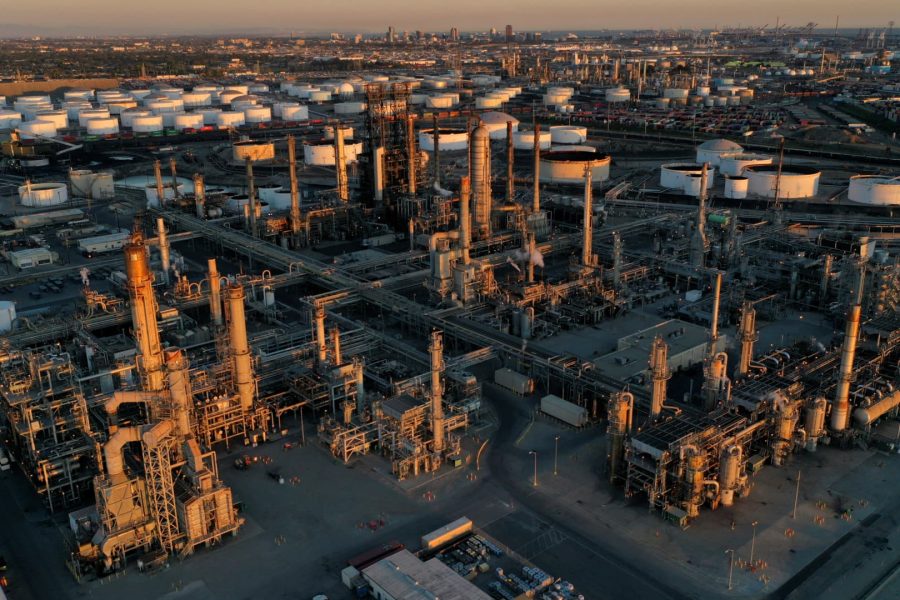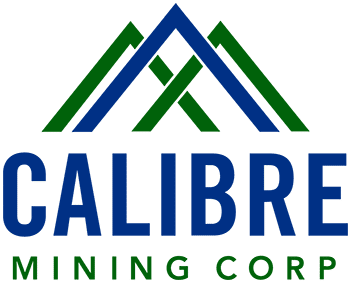Key takeaways:
- OPEC+ has unexpectedly decided to accelerate production increases, nearly tripling previously planned output hikes.
- The move comes despite falling oil prices and escalating U.S. tariffs that are disrupting global trade and dampening economic growth prospects.
- The decision highlights OPEC’s shift in priorities to secure market share over price stability amid heightened market volatility.
- Retail investors should closely monitor the impacts on energy stocks and potential opportunities arising from the changing supply-demand dynamics.
Introduction
In a surprising move, the OPEC+ alliance of major oil producers has announced plans to significantly increase crude output, despite plunging prices and escalating U.S. tariffs that are rattling global markets. The decision to accelerate production hikes stands in stark contrast to the group’s previous efforts to prop up prices through supply cuts and underscores a strategic shift in priorities. Here are the key points retail investors need to know:
- Eight OPEC+ members, including Saudi Arabia and Russia, agreed to boost combined output by 411,000 barrels per day (bpd) in May, nearly tripling the previously planned increase of around 140,000 bpd.
- The move comes as oil prices have tumbled, with Brent crude falling over 6% to below $70 per barrel, amid fears that U.S. tariffs could lead to a global economic slowdown and weaker fuel demand.
- The alliance cited “continuing healthy market fundamentals and the positive market outlook” as justification for the accelerated production increases, signaling a focus on maintaining market share rather than supporting prices.
Detailed Analysis
The OPEC+ decision represents a significant departure from the group’s previous strategy of cutting output to prop up crude prices. For most of this decade, the alliance has been a staunch defender of high oil prices, implementing substantial production cuts to support member economies reliant on energy exports. However, the latest move suggests a growing concern over losing market share to non-OPEC producers, particularly as the outlook for global economic growth and energy demand becomes increasingly uncertain.
“OPEC+ focus is on compliance and this decision forces the laggards to step up compliance,” said Amrita Sen, co-founder of Energy Aspects, referring to the pressure on members like Kazakhstan and Iraq to adhere to their quotas 1. The alliance appears willing to sacrifice short-term price stability in favor of securing a larger share of the market, even as tariffs and trade tensions threaten to undermine global energy demand.
For retail investors, the OPEC+ decision introduces further volatility into an already turbulent energy market. Increased supply could continue to weigh on crude prices, potentially impacting the profitability of oil and gas companies, particularly those with higher production costs. However, the move could also present opportunities for companies with lower breakeven points or those positioned to benefit from lower input costs.
“Energy imports are largely unaffected tariff-wise,” said David Morrison, the senior market analyst at Trade Nation. “But investors were reacting to the estimated damage these tariffs could do to global trade, and therefore global economic growth.” 2
As a result, retail investors should closely monitor the evolving supply-demand dynamics, as well as the broader economic implications of escalating trade tensions. Energy stocks, particularly those with exposure to the U.S. shale industry, could face heightened volatility as the market grapples with the competing forces of increased OPEC+ supply and potential demand headwinds from tariffs.
Conclusion
The OPEC+ decision to accelerate oil production increases, despite falling prices and rising trade tensions, marks a significant shift in the alliance’s priorities. By prioritizing market share over price stability, the group is betting on its ability to outmaneuver competitors and secure a larger slice of the global energy market, even as tariffs and economic uncertainty cloud the demand outlook.
For retail investors, this development introduces both risks and opportunities within the energy sector. While increased supply could further pressure prices and profitability for some producers, it could also create opportunities for companies better positioned to weather the volatility or benefit from lower input costs. As the market navigates these shifting dynamics, close monitoring of supply-demand trends, economic indicators, and individual company fundamentals will be critical for making informed investment decisions.
References
1 Turak, Natasha (April 4, 2025). “Why OPEC+ is accelerating oil production as prices tank, tariffs hit”. CNBC. Retrieved April 4, 2025.
2 De Mott, Filip (April 3, 2025). “Oil prices are crashing after tariffs and OPEC deliver a double whammy to energy markets”. Business Insider. Retrieved April 4, 2025.
3 Astakhova, Olesya; Ghaddar, Ahmad; Lawler, Alex (April 4, 2025). “OPEC+ unexpectedly speeds up oil output hikes, oil drops”. Reuters. Retrieved April 4, 2025.
4 OPEC+, Tariffs Send Oil Tanking (April 3, 2025). “GCC Bourses Rack Up Losers as OPEC+, Tariffs Send Oil Tanking”. OilPrice.com. Retrieved April 4, 2025.
5 Oil falls as OPEC+ plans to raise output, U.S. tariffs hammer sentiment (March 5, 2025). The Economic Times. Retrieved April 4, 2025.
6 Smith, Grant; MacDonald, Fiona; El Wardany, Salma; Razzouk, Nayla (April 3, 2025). “OPEC+ Stuns Oil Market With Policy Switch to Drive Down Prices”. Bloomberg. Retrieved April 4, 2025.







